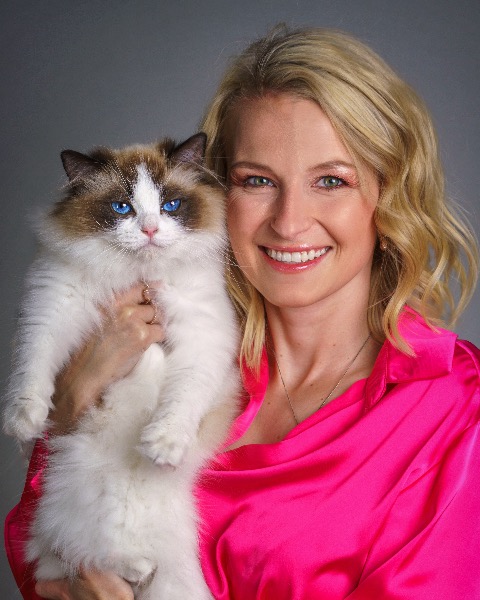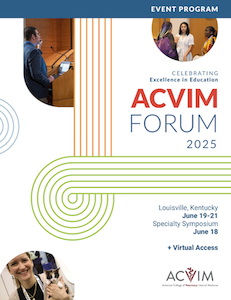Small Animal Internal Medicine
(ID22) Assessing Fecal Lipidome in Cats Recovering from Feline Infectious Peritonitis After Antiviral Therapy
Friday, June 20, 2025
10:30 AM - 10:45 AM ET
Location: Exhibit Hall Poster Park - Kiosk 1

Petra Cerna, PhD DACVIM (SAIM) MANZCVS (Medicine of Cats) CertAVP (SAM - F) MRCVS AFHEA AdvCertFB
PhD candidate
Colorado State University
Fort Collins, CO, United States
Research Abstract - ePoster Presenter(s)
Abstract: Background– Gastrointestinal symptoms are reported with SARS-CoV-2 due to increased production of inflammatory cytokines in the gut leading to damage of the mucous membrane barrier. Studies have shown changes in long-chain fatty acids, sterols, and bile acids in cats with chronic enteropathy but studies of cats with FIP have not been completed. Hypothesis/Objectives– Determine fecal lipid profiles in cats recovering from feline infectious peritonitis (FIP) after antiviral therapy and compare the results to healthy controls (HC). Animals – Fecal samples from 34 cats without gastrointestinal signs after being treated for 12 weeks with antiviral therapy (EIDD-2801) for FIP and 21 HC. Methods – Long-chain fatty acid and sterol profiles were measuring in all fecal samples using a previously validated gas chromatography-mass spectrometry assay. Mann-Whitney test was utilized for statistical analysis. Results – Cats with FIP had increased concentrations of arachidonic acid (p ≤ 0.001) and nervonic acid (p ≤ 0.001) in feces compared to HC (Figure 1). Those 2 long-chain fatty acids have been consistently shown to be increased in cats with acute and chronic enteropathy in previous studies, suggesting that the FIP group has alterations in the intestinal epithelium despite not having gastrointestinal signs. Conclusions and clinical importance– This preliminary data suggest that cats with treated FIP have gastrointestinal alterations in fatty acid metabolism and more studies are needed to see if these are related to the drug or the viral infection and if this can lead to development of gastrointestinal disease in some cats after recovery from FIP.


